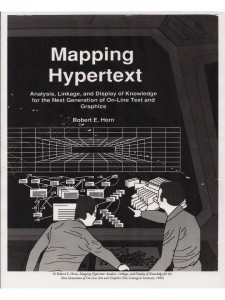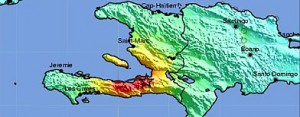
Phi Beta Iota: Now imagine a global public fully aware of the value of Twitter photos with geospatial attributes, and a multinational decision support team able to receive and plot all such contributions…. As long as “research” is controlled by secret and ultra-far out organizations like DARPA and IARPA this stuff is not going to be applied practically. Civil Affairs Brigade (CAB) and its Joint Civil Information Management (JCIM), combined with a United Nations Open-Source Decision-Support Information Network (UNODIN), a Union of South American Nations (UNASUR) Information Network, and a Multinational Decision Support Center (MDSC) would go a long way toward getting an immediate grip on all this, in detail, and then creating a Haiti Needs Table at the household level that could be triaged out (see Graphic: Global Range of Nano-Needs for the idea).
Highlights
Major quake hits Haiti; many casualties expected
Karel Zelenka, a Catholic Relief Services representative in Port-au-Prince, told U.S. colleagues before phone service failed that “there must be thousands of people dead,” according to a spokeswoman for the aid group, Sara Fajardo.
With phones down, some of the only communication came from social media such as Twitter. Richard Morse, a well-known musician who manages the famed Olafson Hotel, kept up a stream of dispatches on the aftershocks and damage reports.
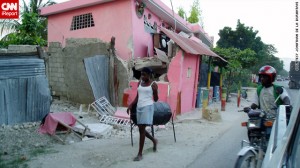 Haiti earthquake — what we're hearing
Haiti earthquake — what we're hearing
CNN is monitoring tweets and other messages from people in Haiti and reports from those who said they have been in touch with friends and family. CNN has not been able to able to verify this material.
“If anyone in Haiti is reading this, please go out and help in the streets, it's very ug;y out there if you haven't seen it #haiti” –From Twitter user fredodupoux in Haiti at 8:04 p.m. ET
“Tipap made it home from Carrefour – saw many dead bodies and injured along the way – said most buidings w/more than one story are down” — From Twitter user troylivesay in Port-au-Prince, Haiti, at 8:22 p.m. ET
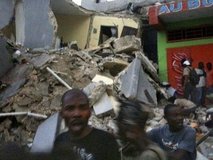
Fears of major catastrophe as 7.0 quake rocks Haiti
AFP/Twitter – This image obtained from Twitter purportedly shows Haitians standing amid rubble on January 12 in Port-au-Prince. …
A local doctor told an AFP reporter in the city that hundreds of people are feared dead.
A local UN employee said the earthquake had destroyed the headquarters of the United Nations peacekeeping mission in the country.
Seventy percent of Haiti's population lives on less than two dollars per day and half of its 8.5 million people are unemployed.
According to official figures, food insecurity already affects more than a quarter of Haiti's population, some 1.9 million people, with women and children the worst affected.
Twitter Has First Pictures Of Haiti Earthquake
News is still coming in from Haiti even thought night as fallen. Shortly after the quake, our first look at the devastation was given to us via social media websites like Twitter and Facebook.
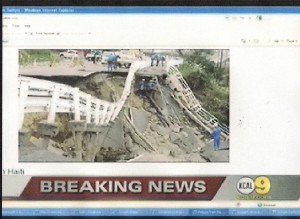 1st Look At Devastation In Haiti Quake
1st Look At Devastation In Haiti Quake
Tue Jan 12, 10:51AM PT – CBS 2 / KCAL 9 Los Angeles 0:54 | 33138 views
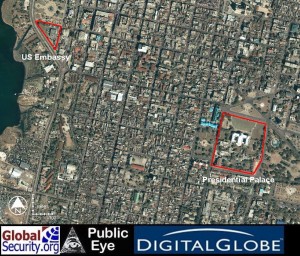


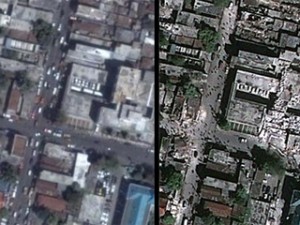



 1st Look At Devastation In Haiti Quake
1st Look At Devastation In Haiti Quake

